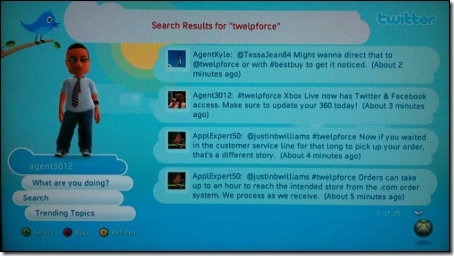[kml_flashembed movie="http://www.youtube.com/v/fRvx_sGsY-0" width="450" height="350" wmode="transparent" /]
One of our favorite things to do as Geek Squad Agents is to find new ways to bring technology into our lives to improve upon the experience. Holidays is no exception, as this video I created based on the Halloween graveyard lightshow I put together for my home display.
The video is a simple overview of how to technify your decorations with the addition of two components, the first of which is a programmable light controller that can control any number of lights and other electrical Halloween decorations in a choreographed light show.
There are many different companies that make controllers, such as Light-O-Rama or D-Light. If you’re a hobbyist, you can purchase kits to assemble yourself, or if you’d like, you can even find fully pre-assembled starter packages with everything you’d need.
The second component you’ll need is a computer to control your electronic light show. In my case, I use an Intel Atom-based computer running Microsoft Windows 7, but the system requirements for a project like this are basic enough that just about any home computer will do.
To program the light controller, you first create a show combining your lighting instructions with the audio or music of your choice. Sequencing software to do this comes in many different forms, from very simple command line programs to more advanced graphical interface software, such as Aurora, which is featured in my video.
Once your sequence is completed, it can be loaded into a scheduler program on the computer, to be played back on the day and time you select. The computer is then connected to the light controller by either network cable or through a special wireless link, so that the light commands can be played back by the controller in time with the audio from the computer.
While there is a good amount of work involved in setting up a holiday light show of your own, it can be very rewarding when the local trick-or-treaters stop by and almost forget to ask for their candy because they’re too busy watching the show.

